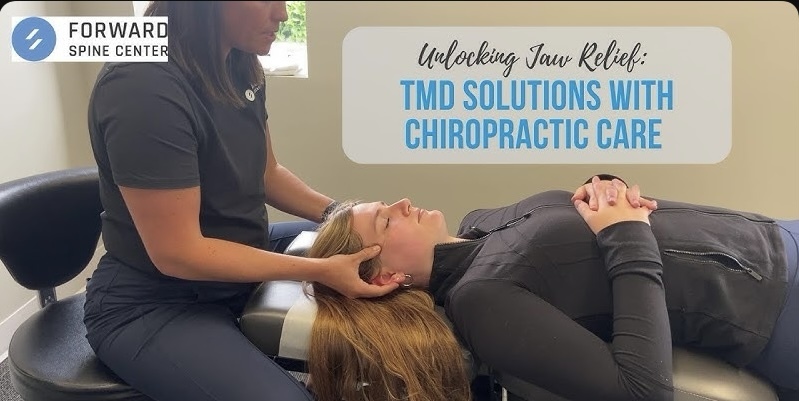
The Big 3:
To help you understand and address your TMD, I have three key questions. First, is your TMD muscle-related or joint-structure-related? We need to identify which muscles are involved, such as the temporalis or masseters, find the trigger points, and release the pressure. We also assess your jaw's range of motion—do you have limited medial or anterior glide?
Second, what's causing your TMD? Identifying the root cause is crucial for preventing recurrence. Have you experienced recent trauma or dental work, or do you have habits like clenching or poor posture? Even whiplash can lead to TMD symptoms in one-third of patients.
Finally, what can you do at home? Alongside the treatments we provide, like adjustments, muscle work, and acupuncture, we give you tools for self-care. This includes self-mobilization techniques, jaw massage, posture exercises, and strategies to prevent clenching.
Treatment:
Now, let me show you what a TMD treatment looks like here at Forward Spine Center. We start with muscle work and check your jaw's range of motion, looking for any gliding or shifting. I work on the masseter and temporalis muscles, often correlating the tightness with symptoms like headaches. If needed, I'll adjust your neck and may perform intraoral muscle work.
We also use acupuncture to target trigger points and improve blood flow, helping tendons heal. If you have any questions or need help with TMD, feel free to reach out. I'm here to support your health journey.
Dr. Madeline Klesk
Contact Me


